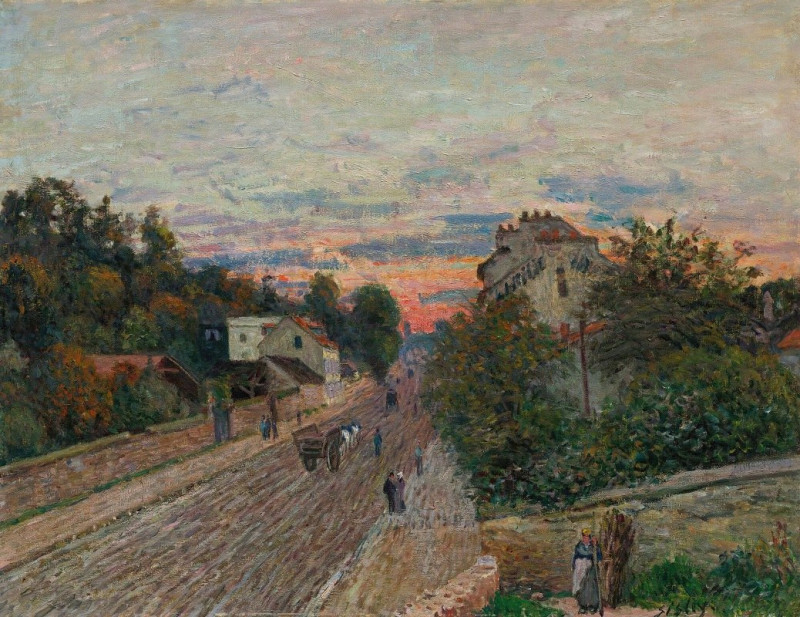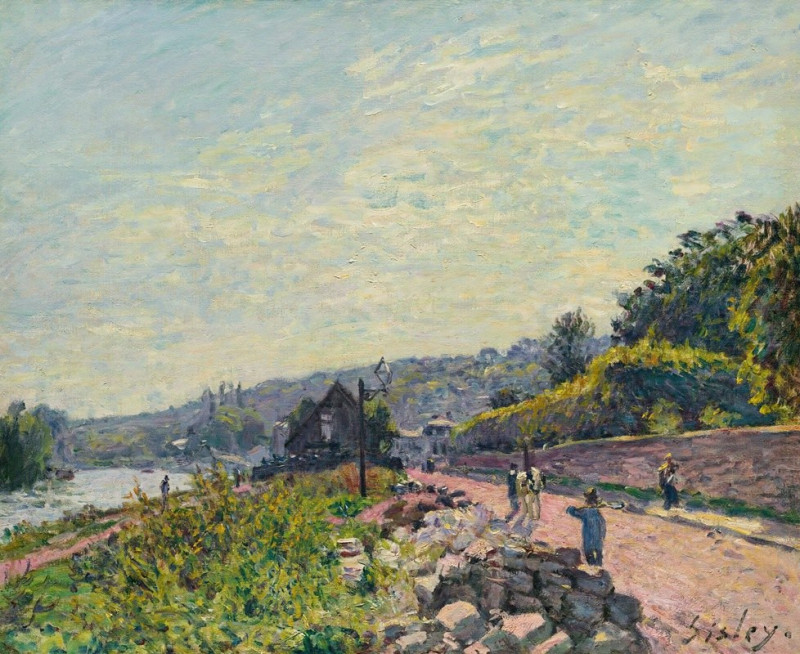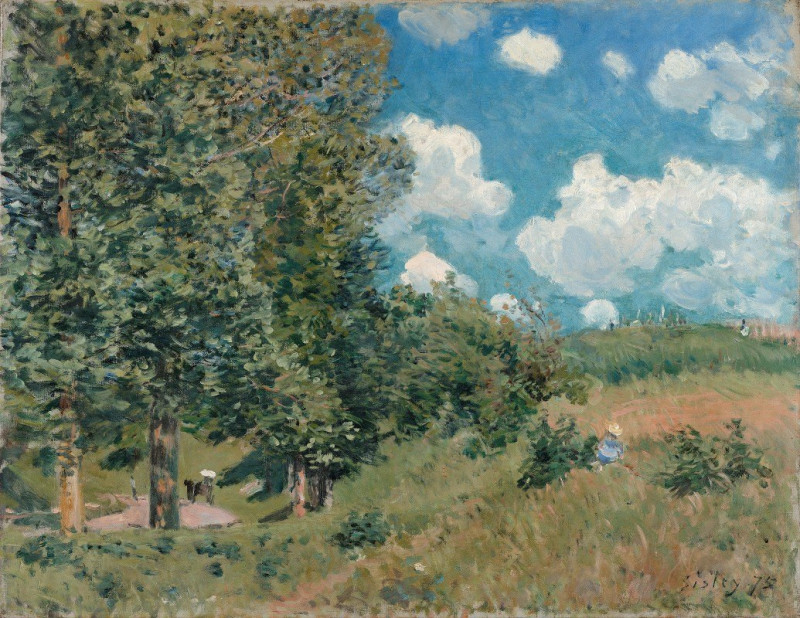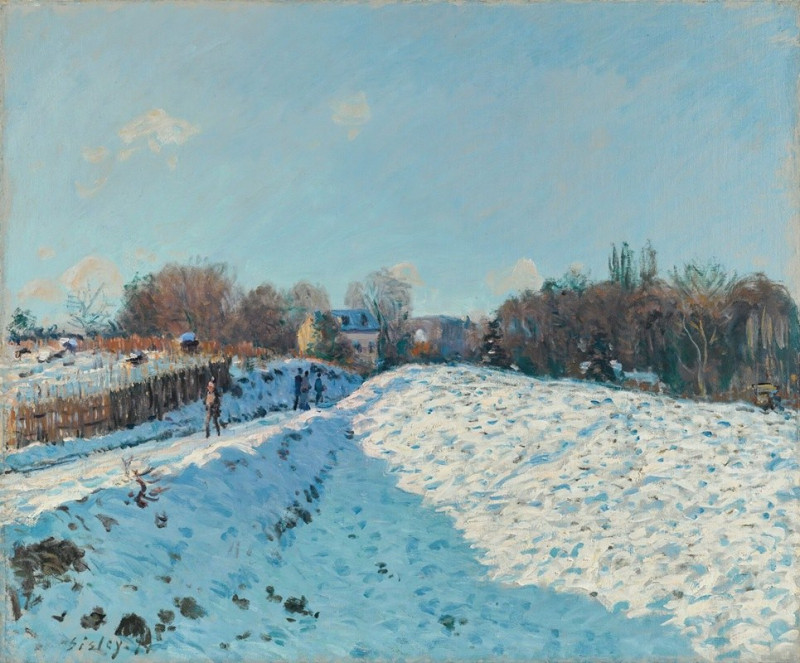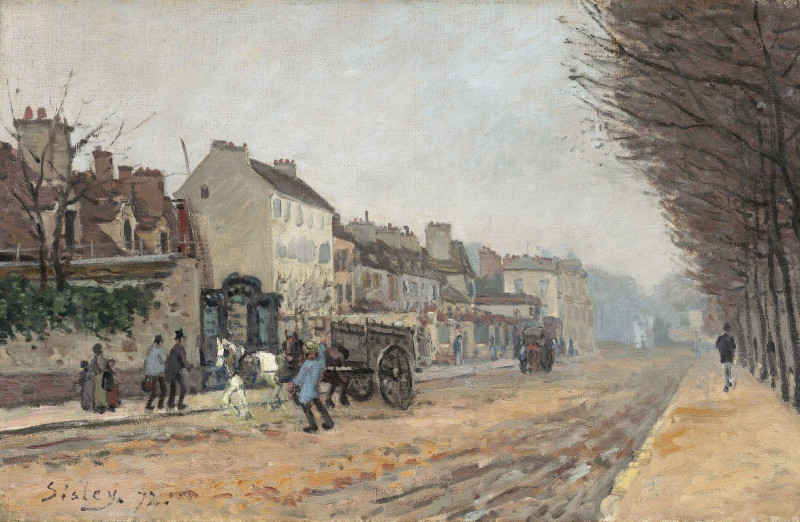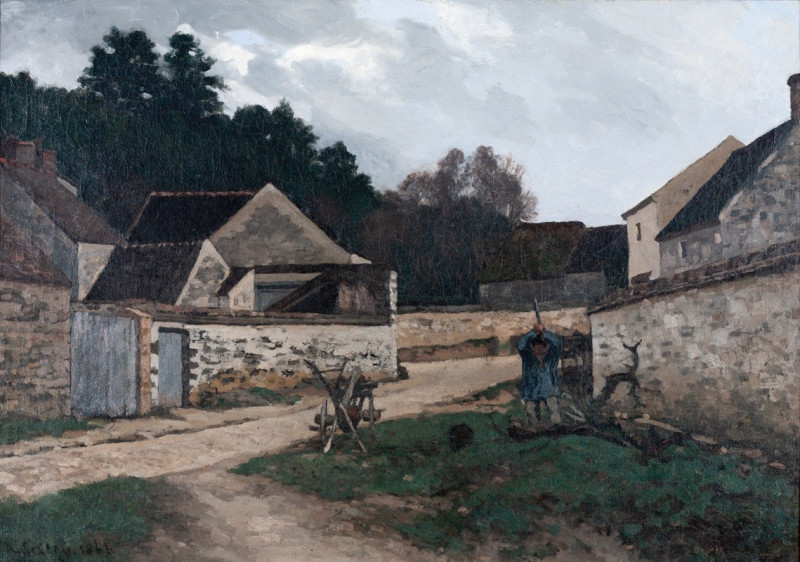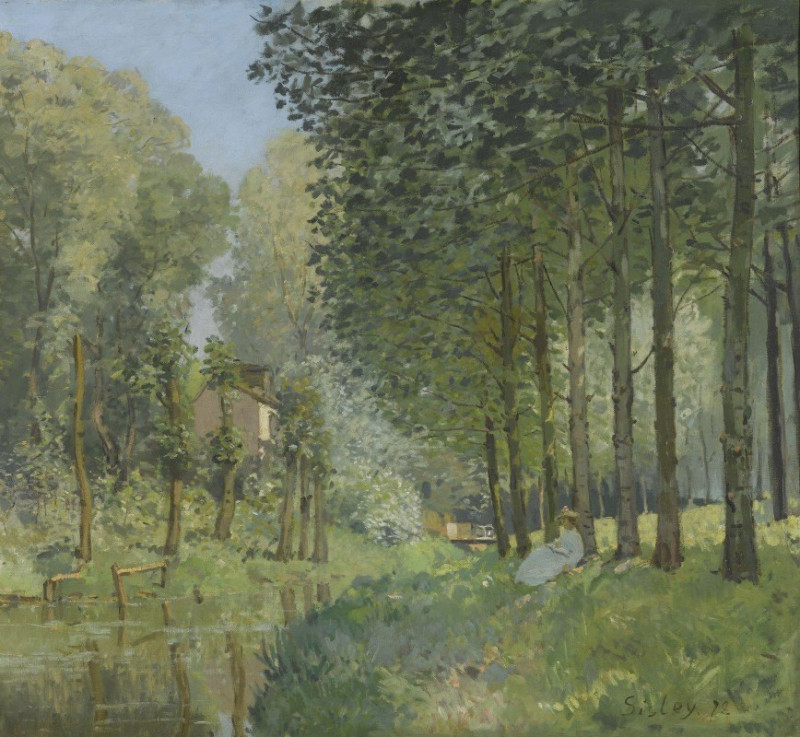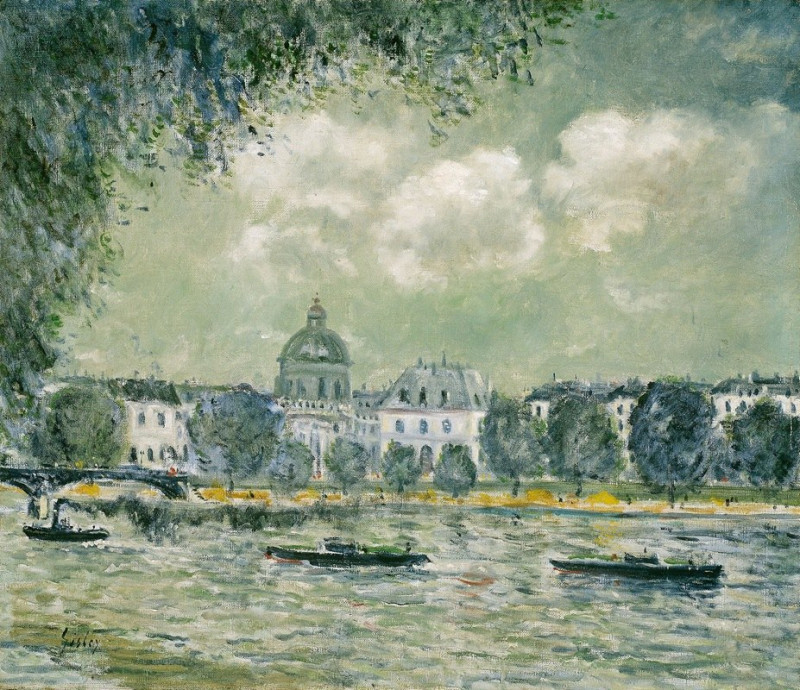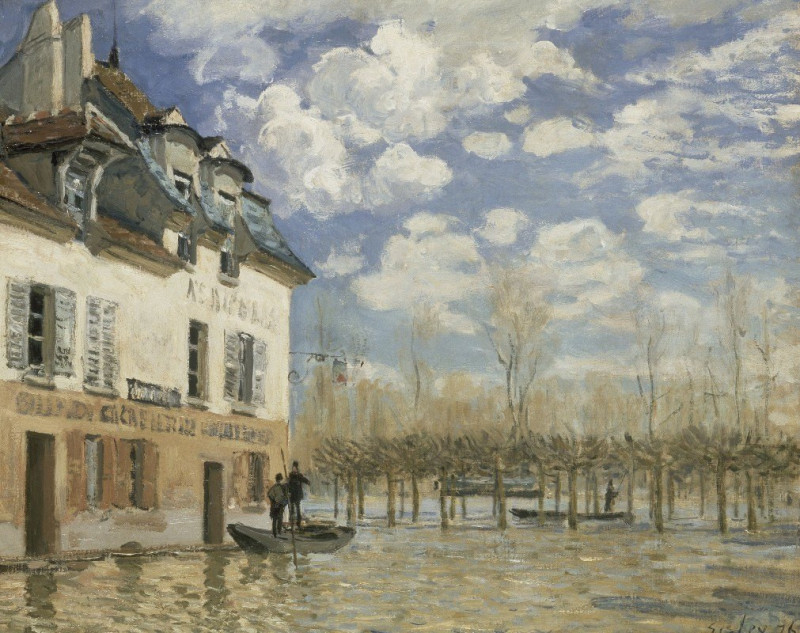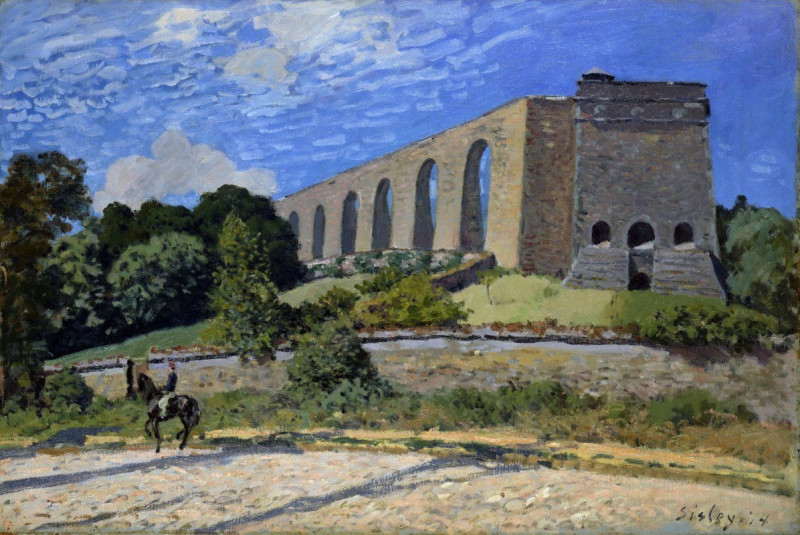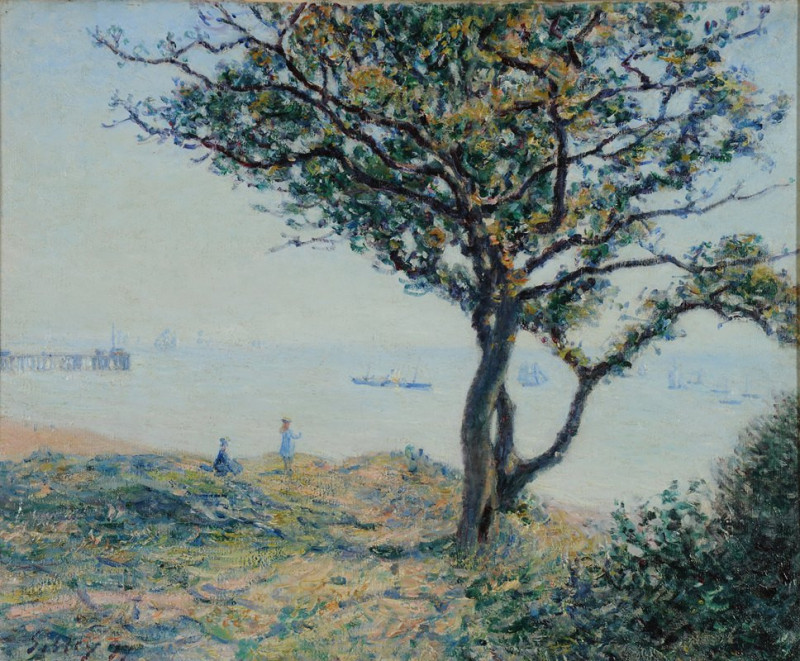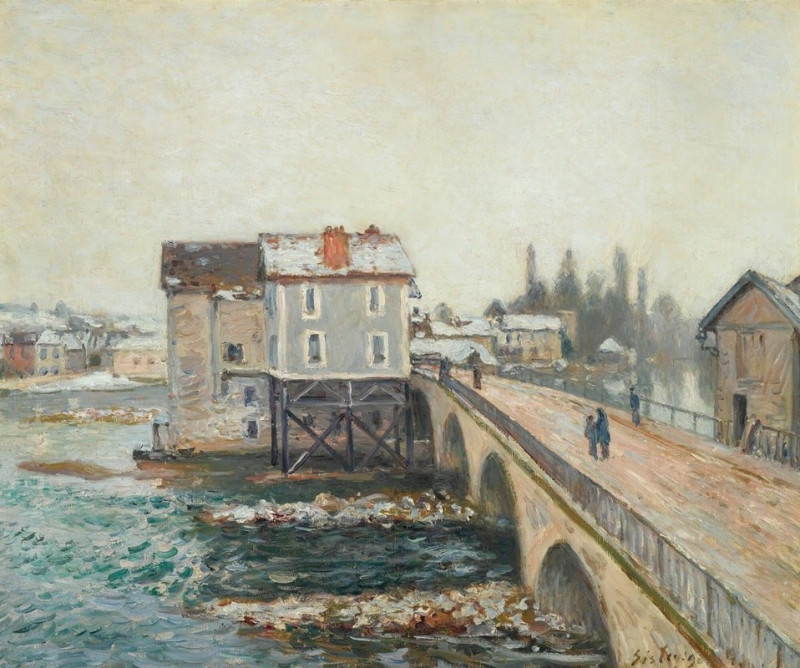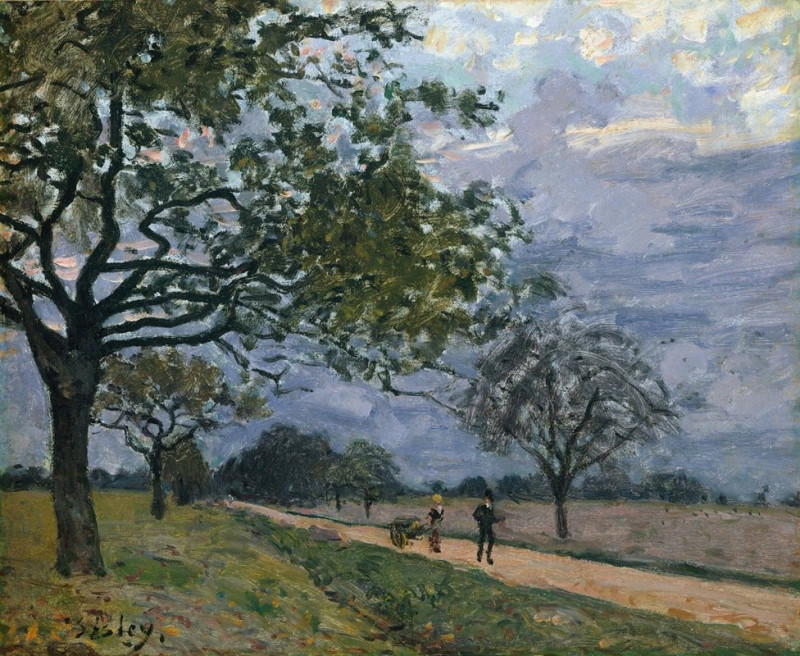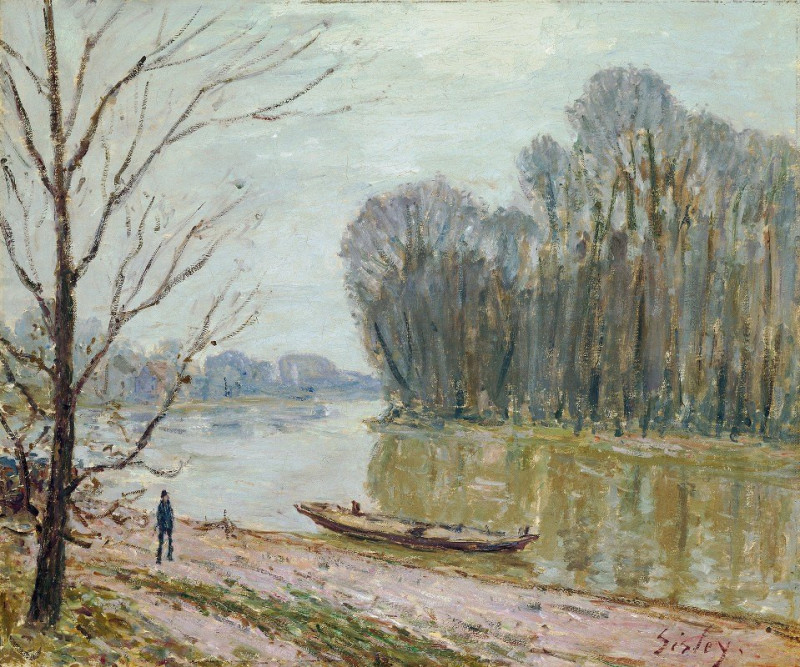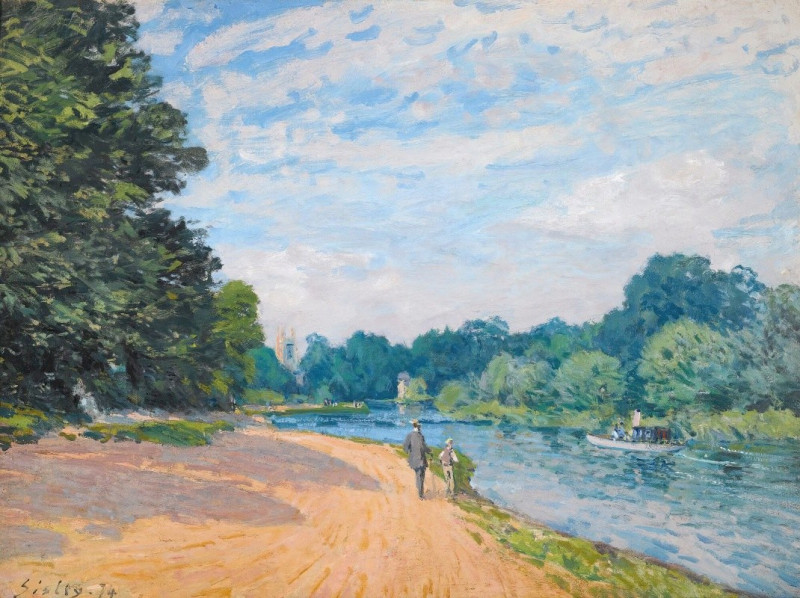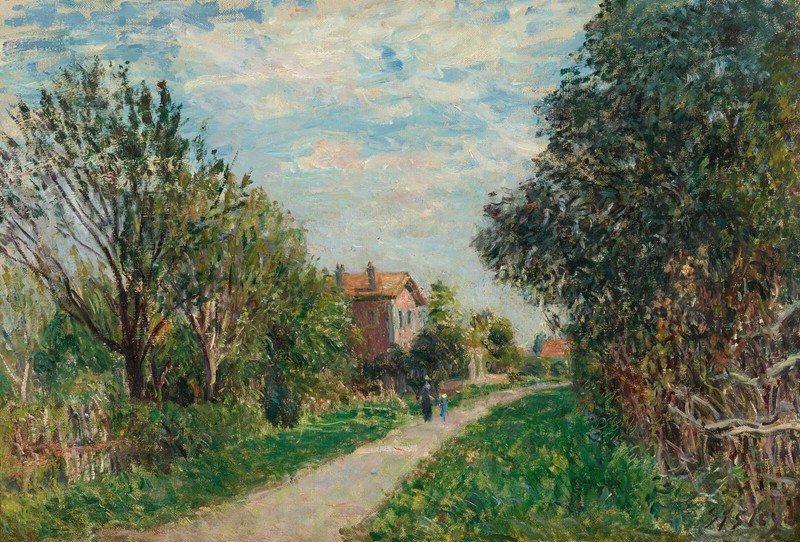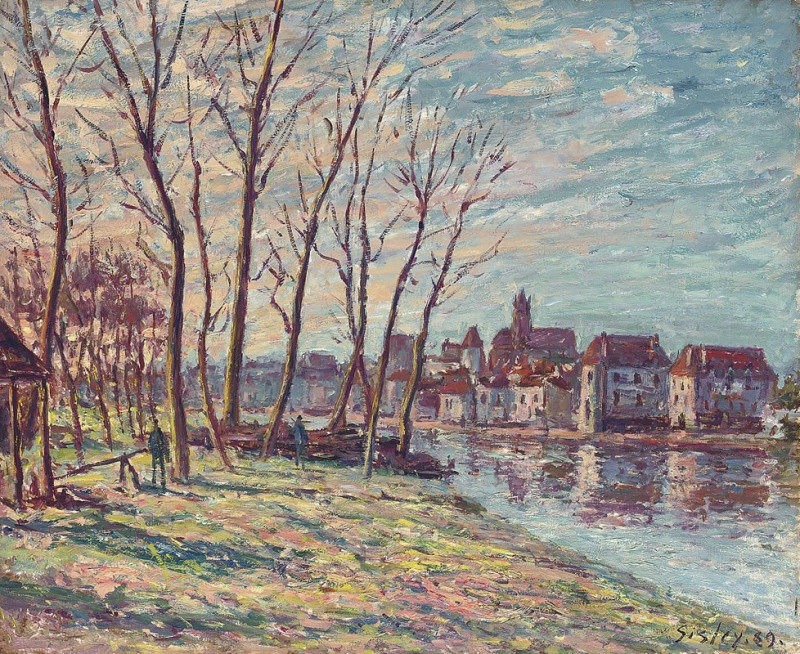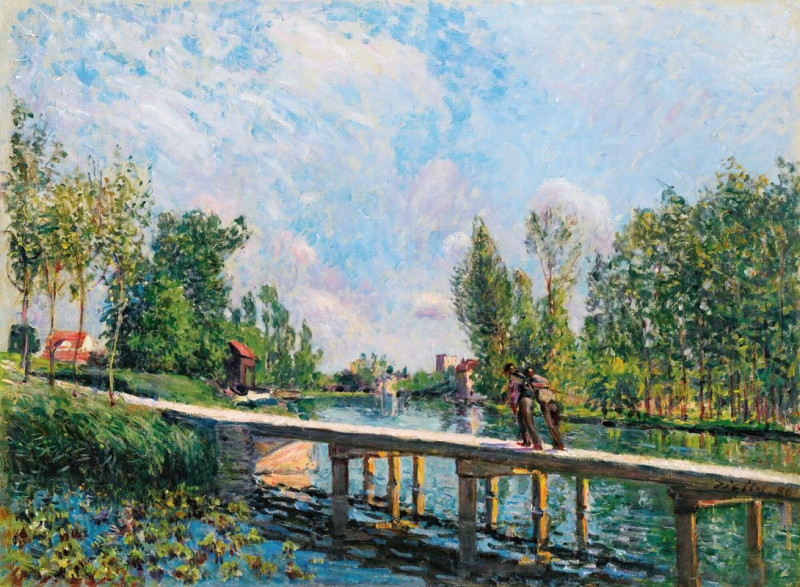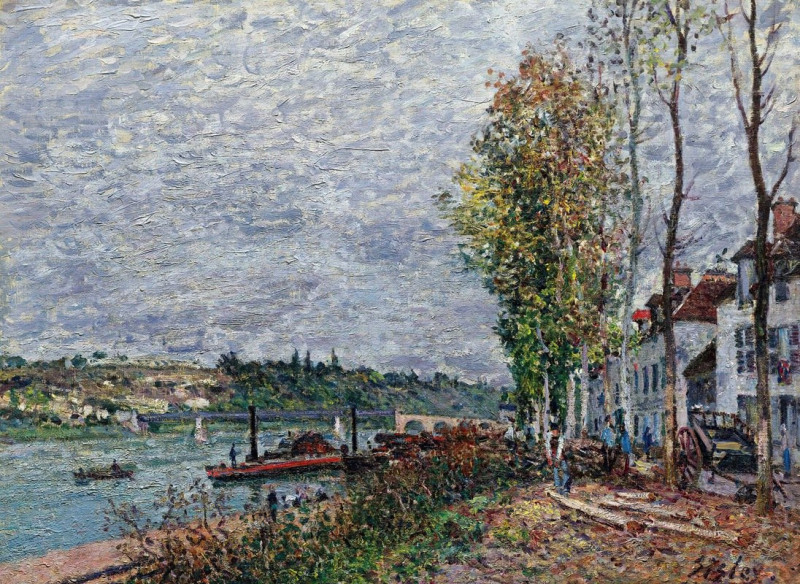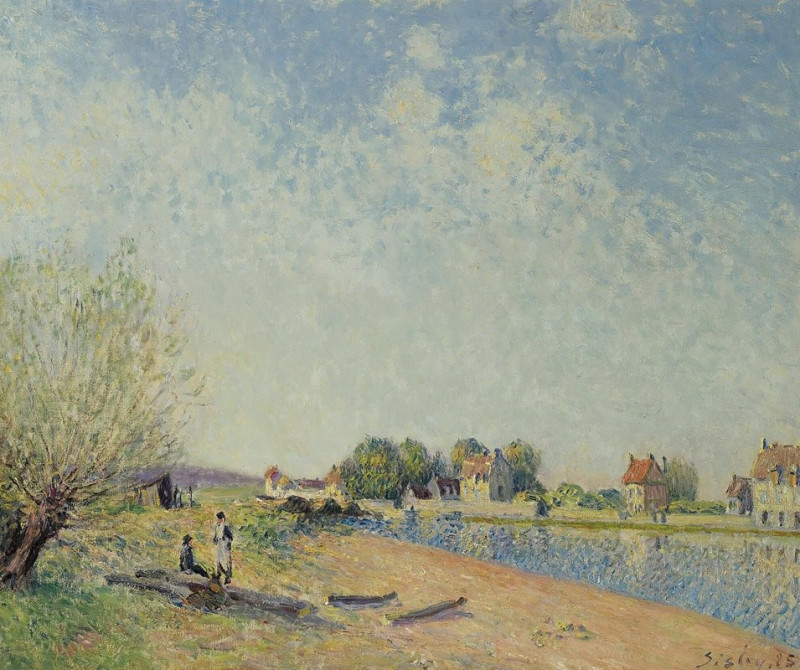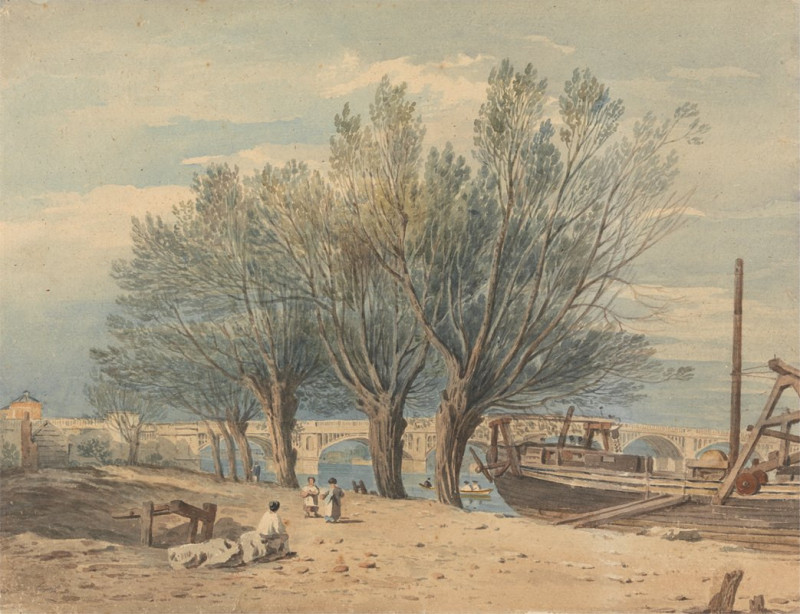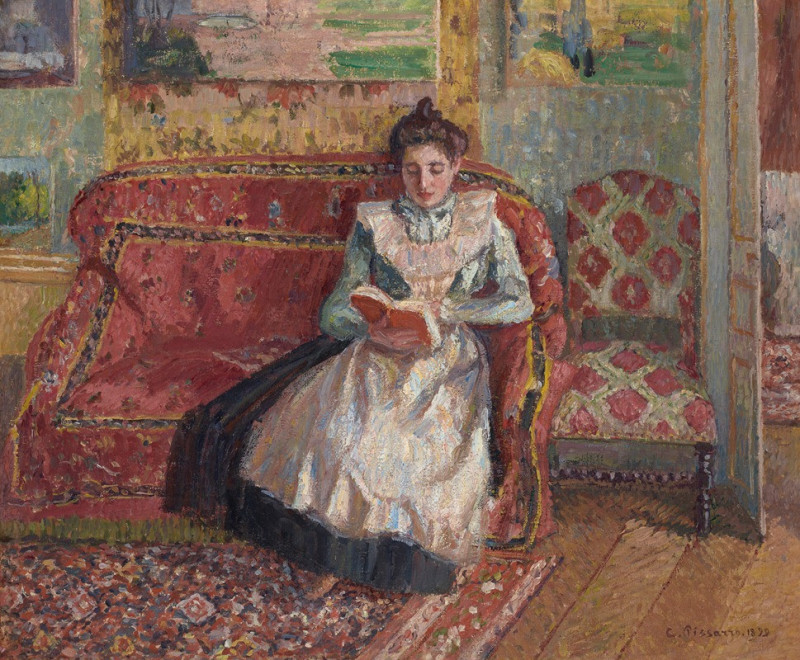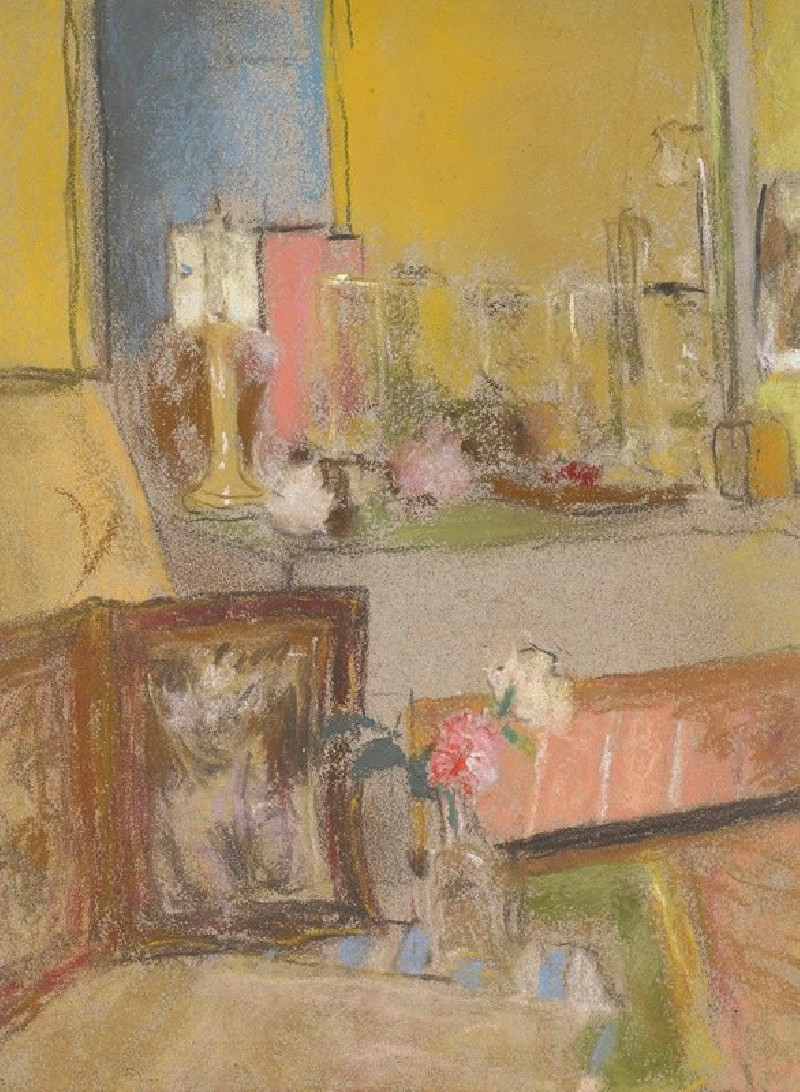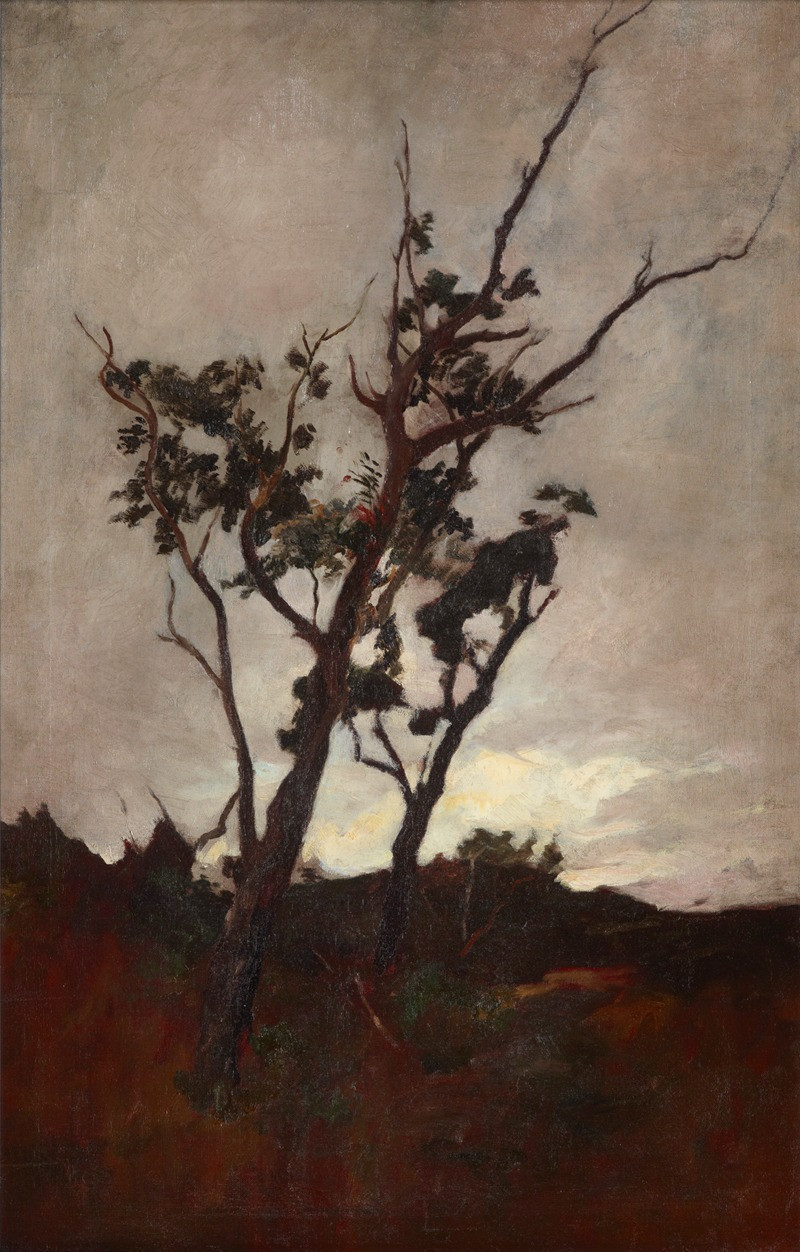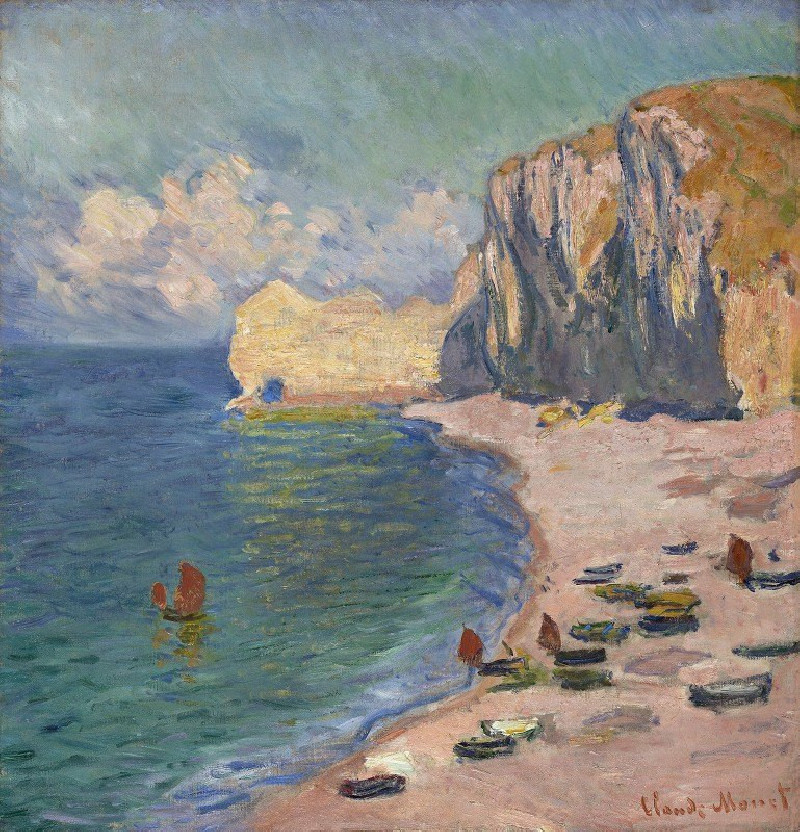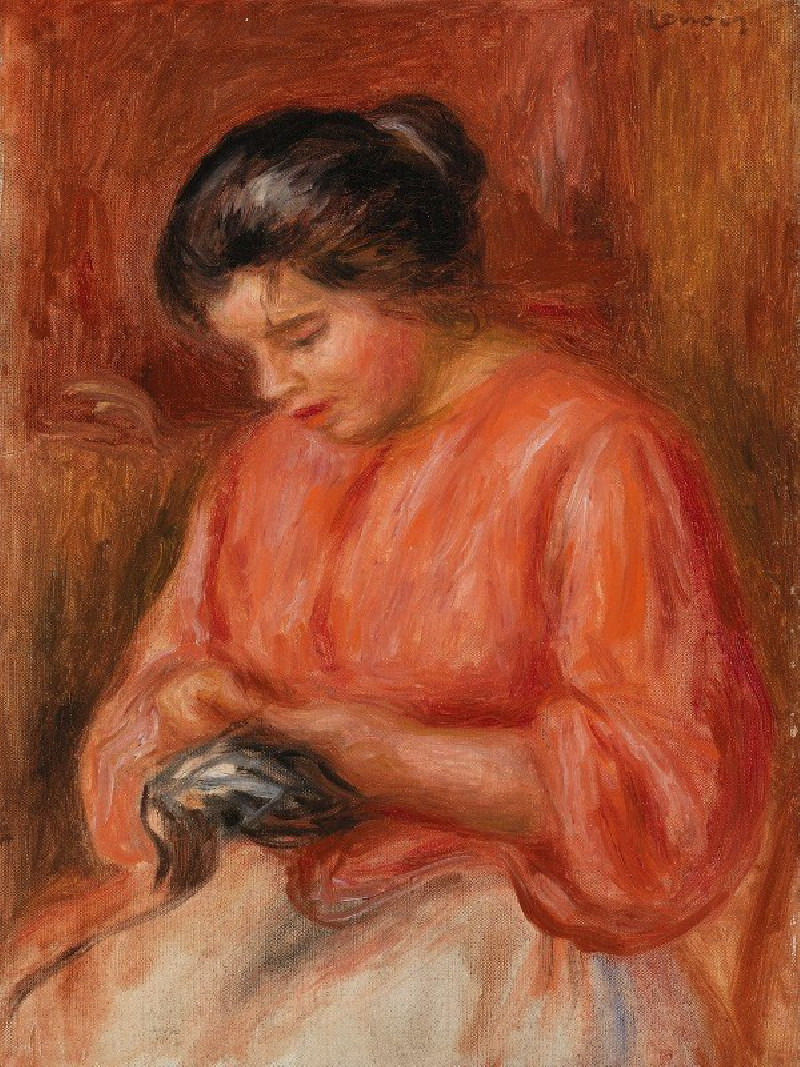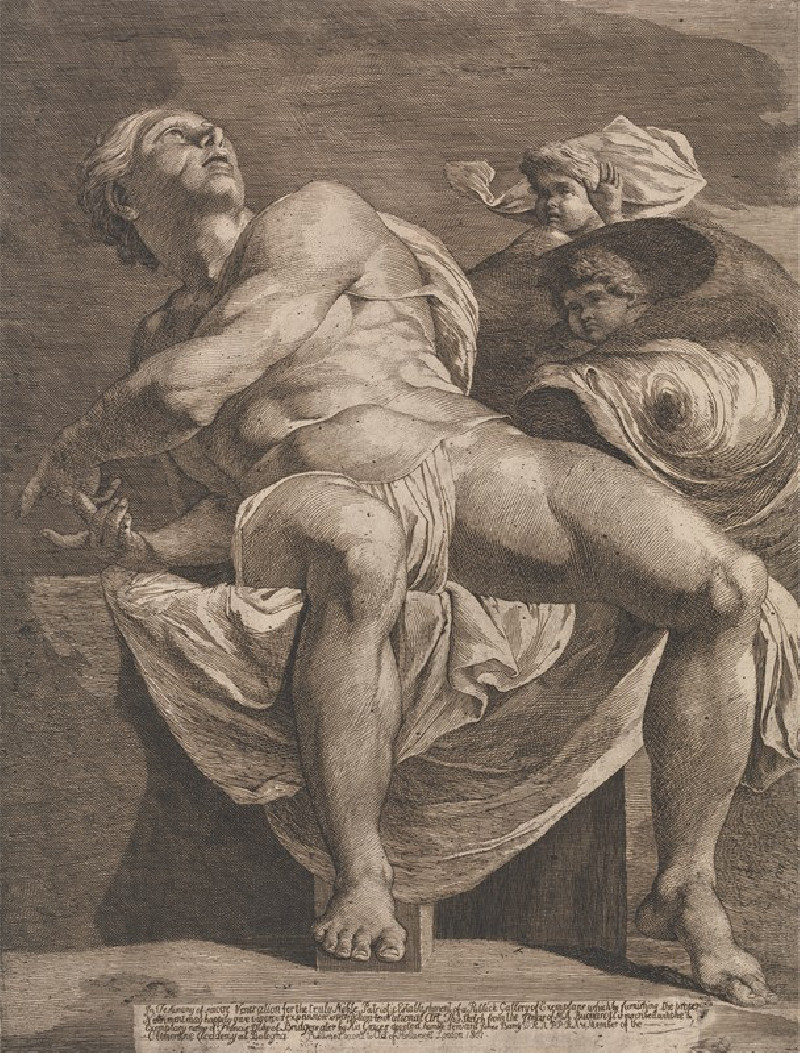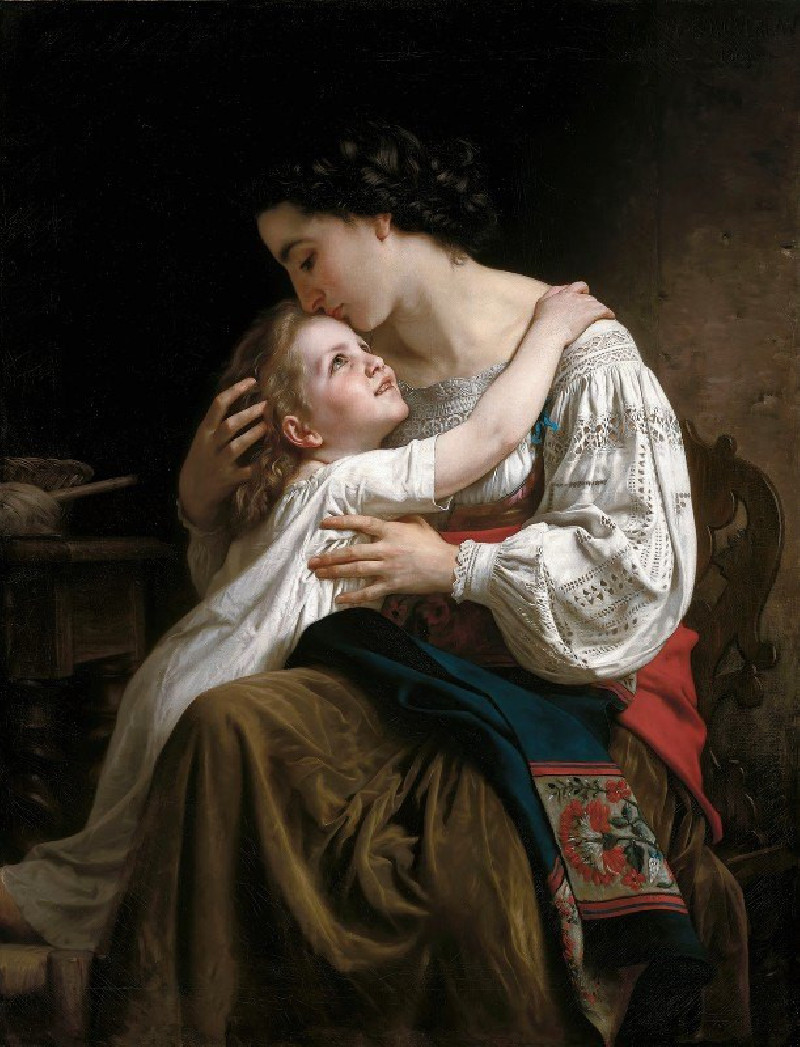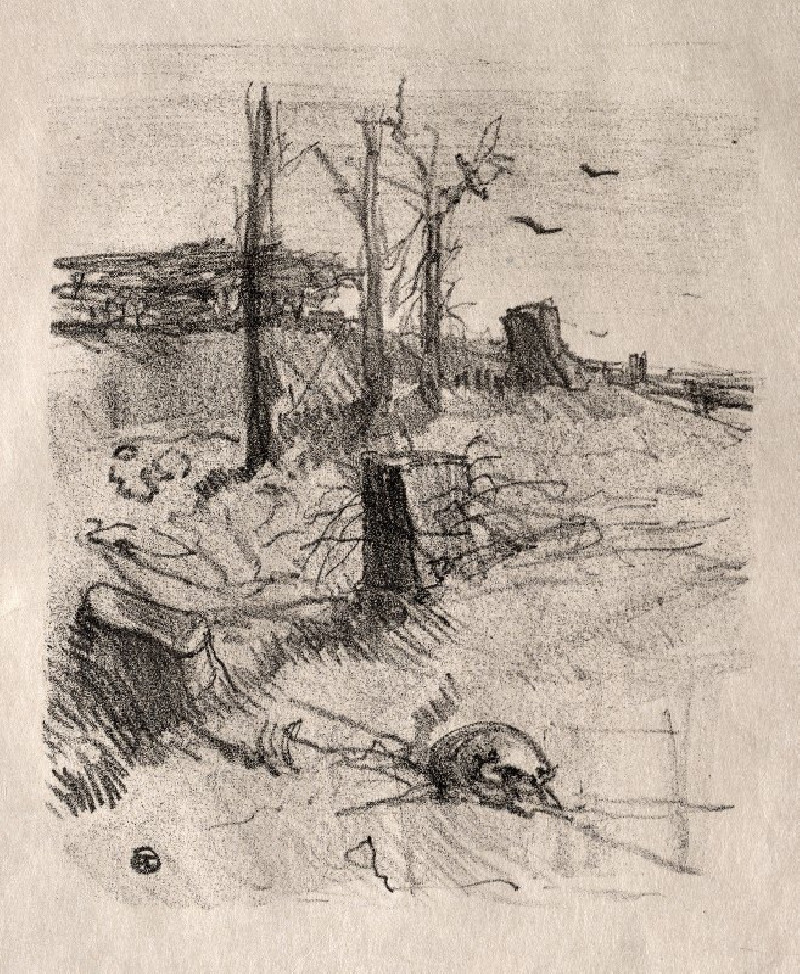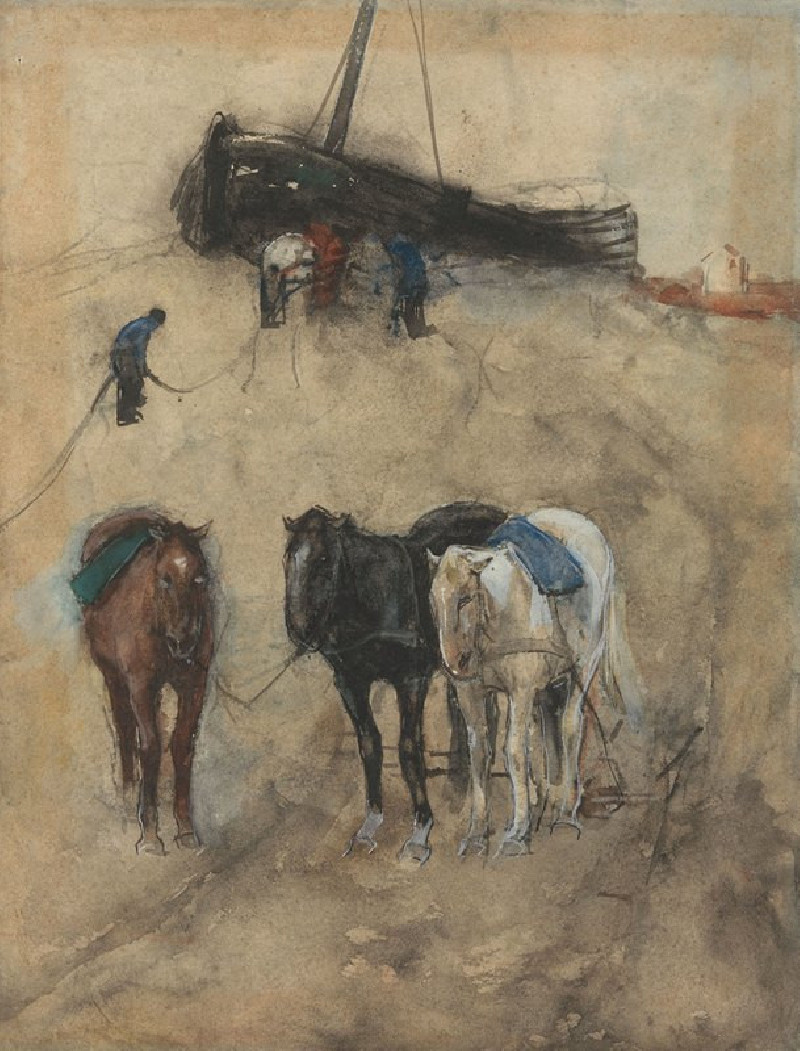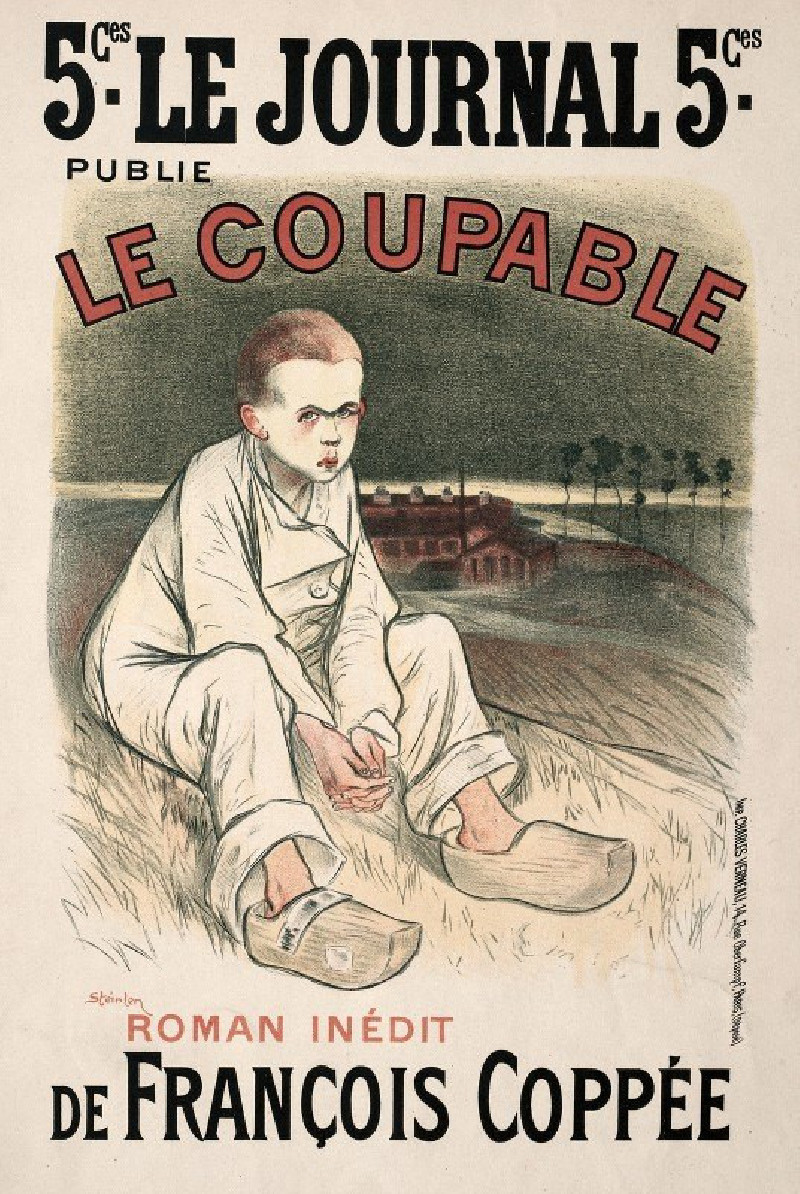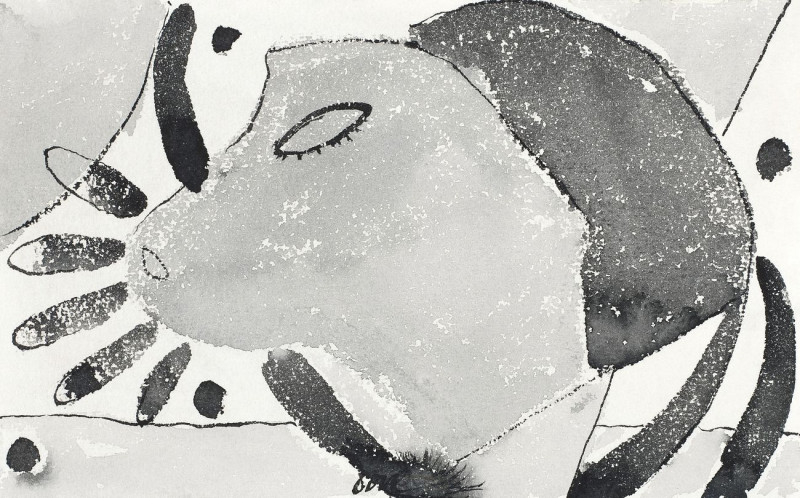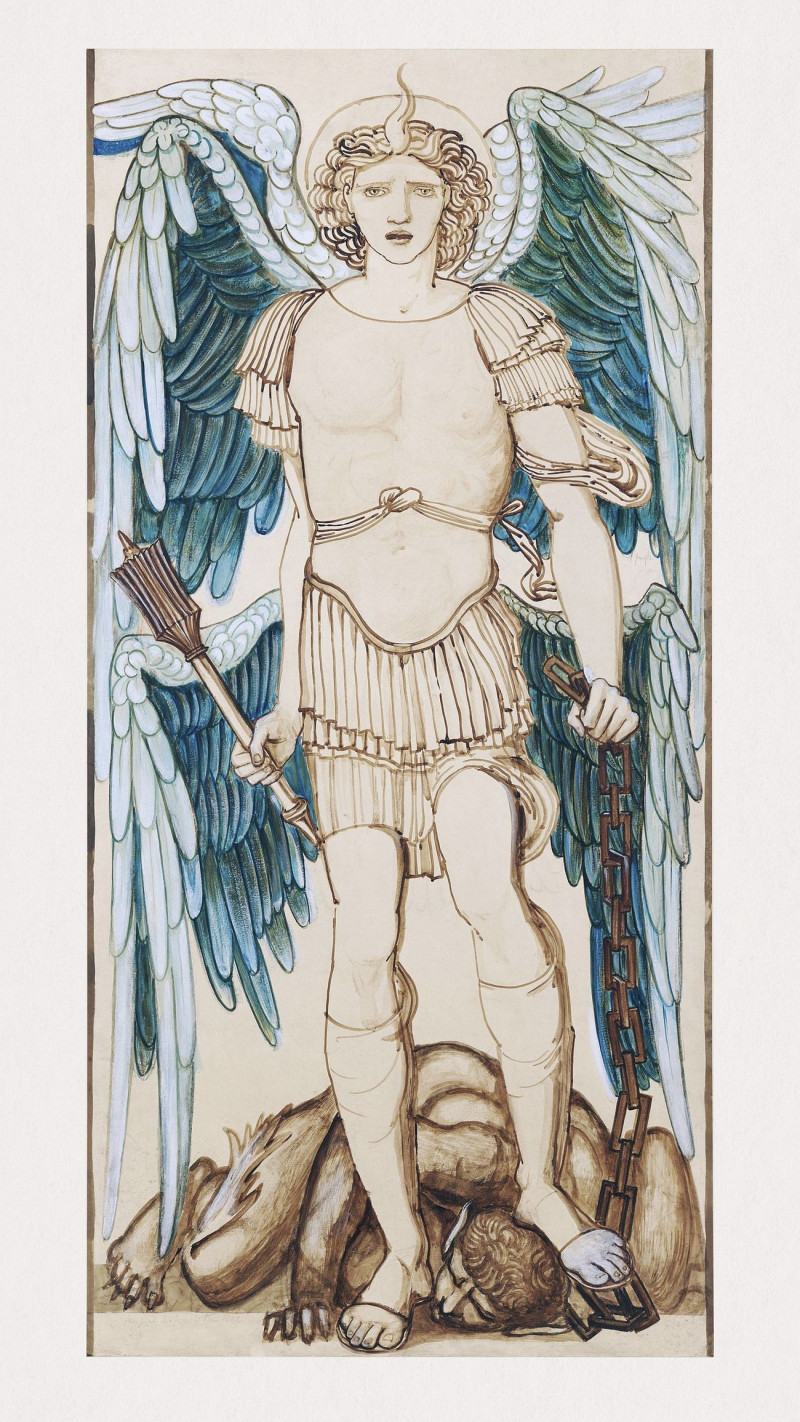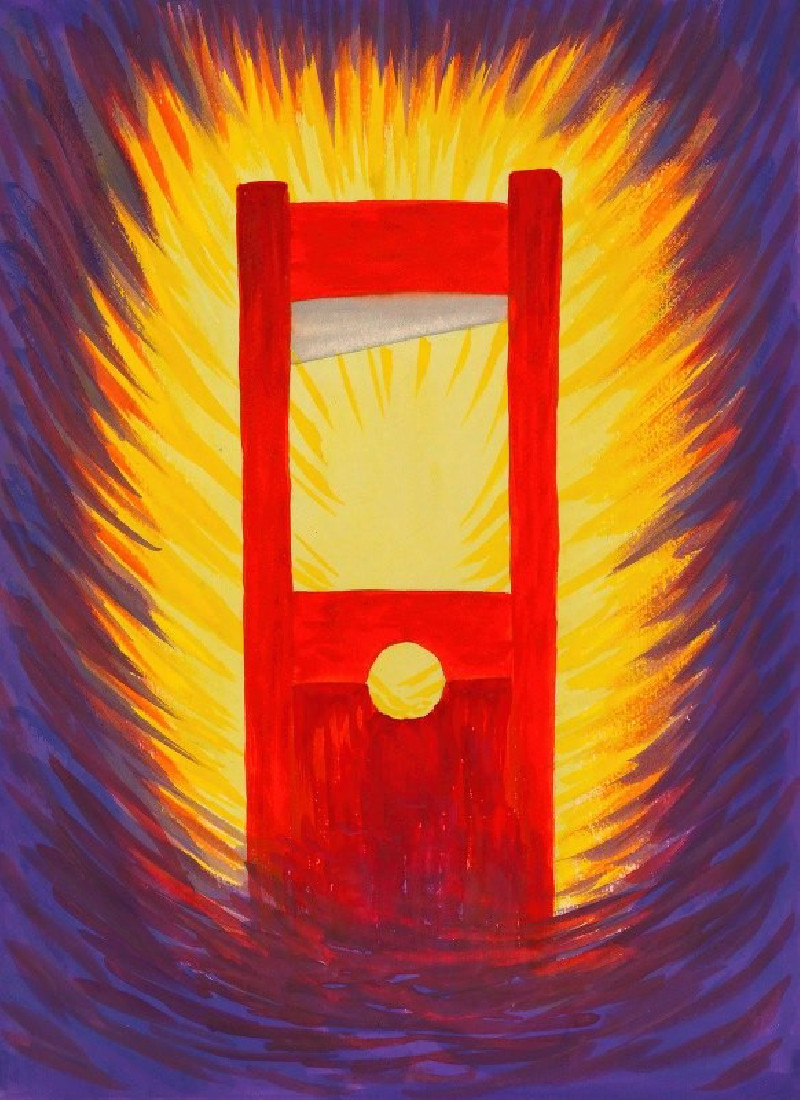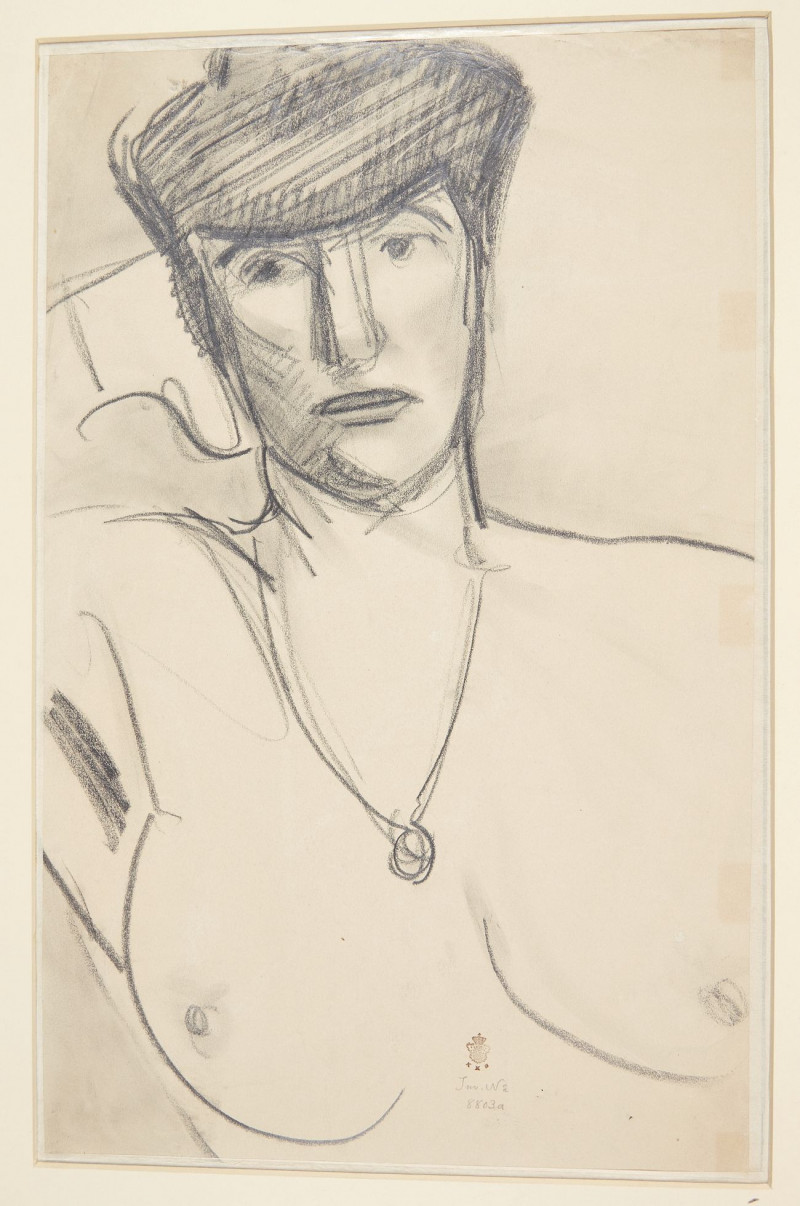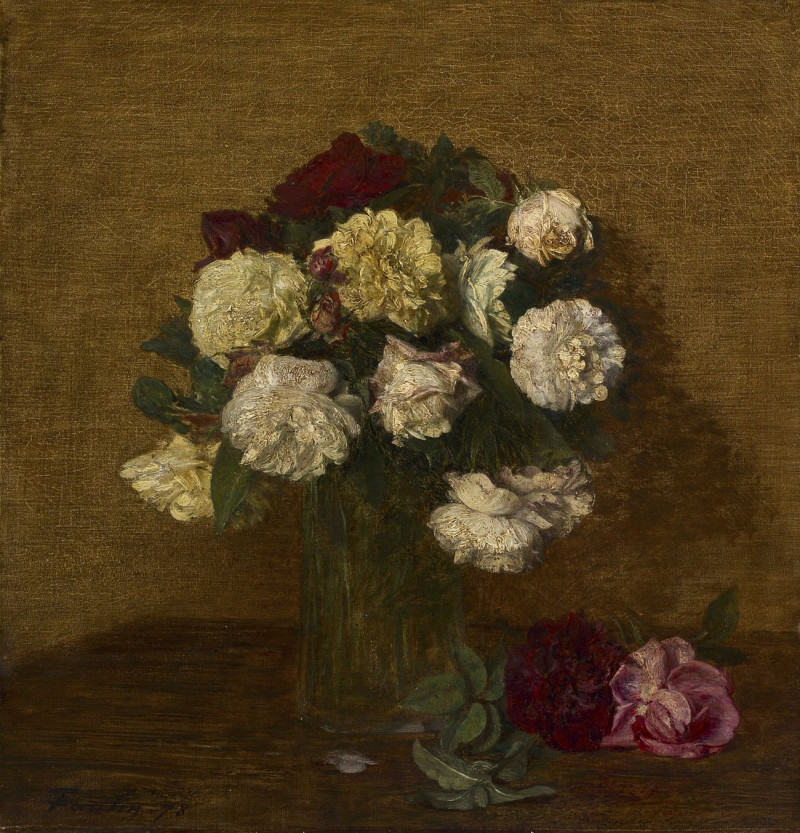Coucher De Soleil, La Route De Versailles À Chavilles (1879)
Technique: Giclée quality print
Recommended by our customers
More about this artwork
Experience the serene beauty of Alfred Sisley’s "Coucher De Soleil, La Route De Versailles À Chavilles" (1879), a stunning example of Impressionism that captures a breathtaking sunset along a bustling country road. This painting invites viewers on a quiet journey down a winding pathway in Chaville, near Versailles, under the enchanting glow of a setting sun.The composition bathes in the gentle pink, orange, and blue hues of the sky, skillfully blended by Sisley to mirror the tranquil end of the day. The dirt road, bordered by lush greenery and rustic homes, draws the eye towards the horizon, guiding us through a snapshot of 19th-century rural France.Observe the figures in the scene: peasants and travelers, some on foot, others in horse-drawn carriages, all rendered in a delicate dance of brush strokes that suggest movement and the rhythm of daily life. These characters and their activities provide a glimpse into the past, allowing us to sense the quietude and simplicity of rural existence during this era.Within the boundaries of this canvas lies a sublime display of Sisley’s masterful use of light and color, making "Coucher De Soleil, La Route De Versailles À Chavilles" not only a visual treat but a perfect specimen of Impressionistic art. The painting radiates a calming atmosphere that invites contemplation and appreciation for nature’s ever-changing, yet always captivating, display of beauty.
Delivery
Returns
Alfred Sisley (1839–1899), an English impressionist artist, was renowned for his breathtaking impressionist landscape paintings. Born in 1839 to a wealthy family in Paris, Sisley spent most of his life in France. Despite being intended for a career in commerce, he rebelled and pursued his passion for painting as an amateur in the studio of Charles Gleyre, where he befriended artists Claude Monet and Pierre-Auguste Renoir. The financial loss of his family in the Franco-German War led Sisley to make a career out of his art, though it left him financially distressed. It wasn't until after his passing in 1899 that the true value of his work was recognized.

